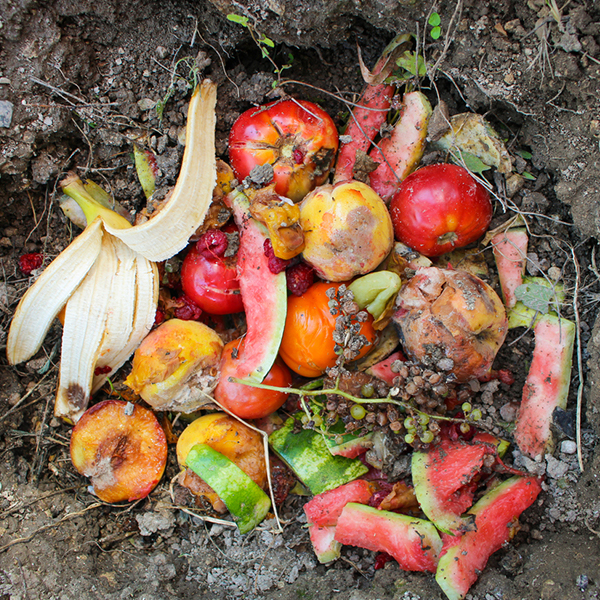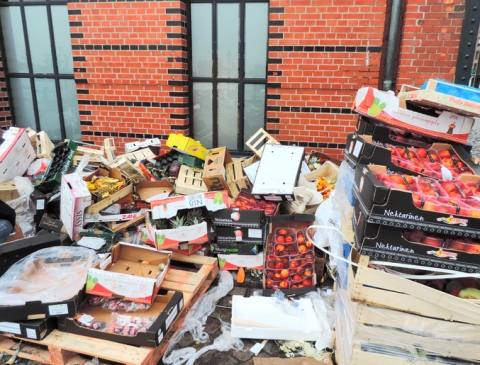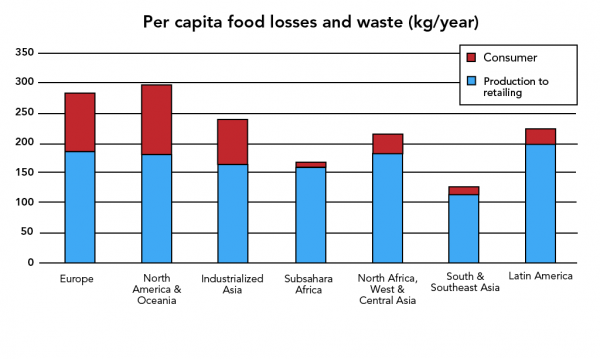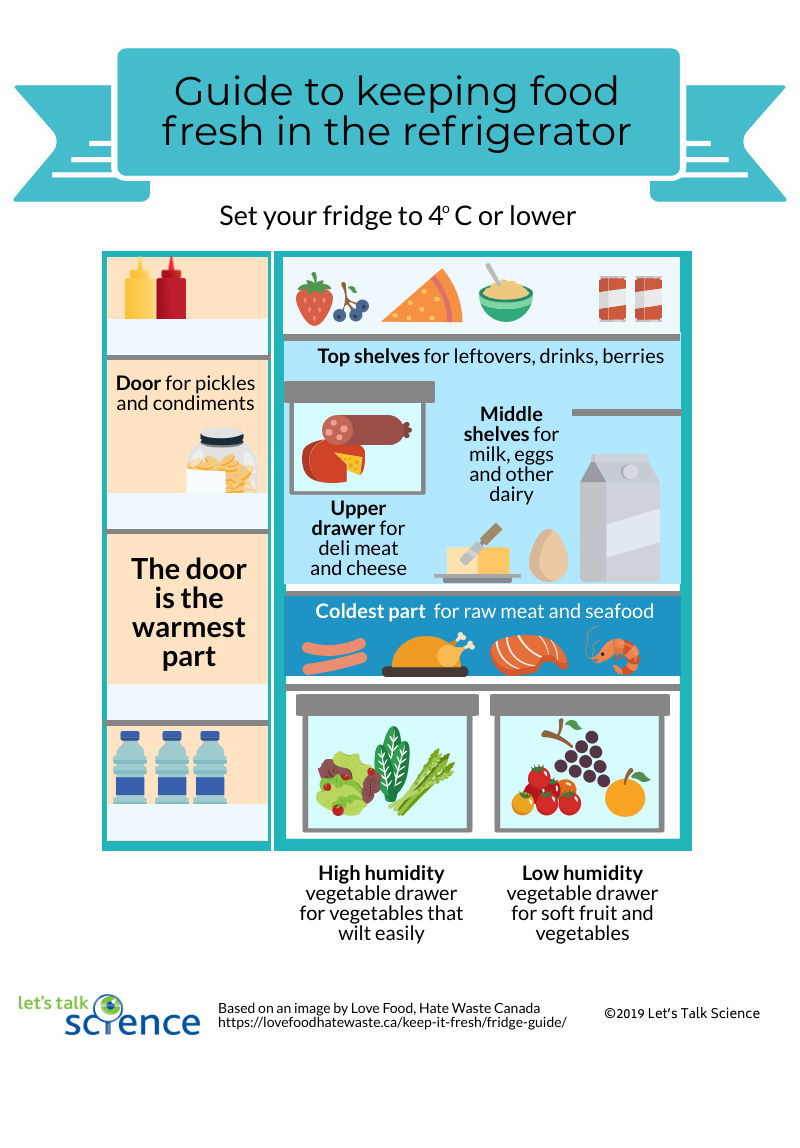The Environmental Impact of Wasted Food

Wasted food on the ground (Mukhina1, iStockphoto)

Wasted food on the ground (Mukhina1, iStockphoto)
7.17
How does this align with my curriculum?
Curriculum Alignment
BC
12
Environmental Science 12 (June 2018)
Big Idea: Living sustainably supports the well-being of self, community, and Earth.
ON
11
Environmental Science, Grade 11, University/College (SVN3M)
Strand B: Scientific solutions to Contemporary environmental Challenges
ON
11
Environmental Science, Grade 11, University/College (SVN3M)
Strand E: Reducing and Managing Waste
BC
11
Earth Sciences 11 (June 2018
Big Idea: The transfer of energy through the atmosphere creates weather and is affected by climate change.
ON
11
Environmental Science, Grade 11, University/College (SVN3M)
Strand C: Human Health and the environment


